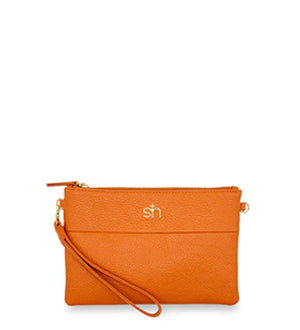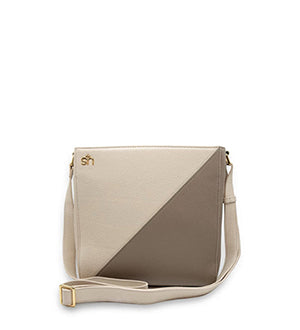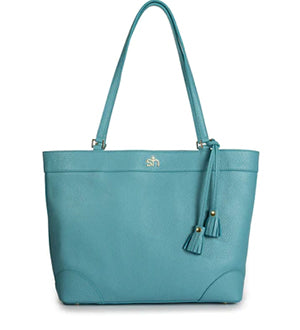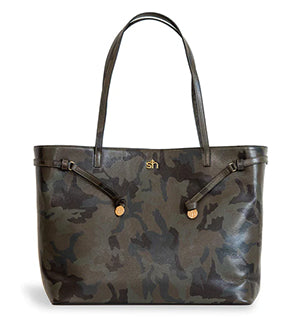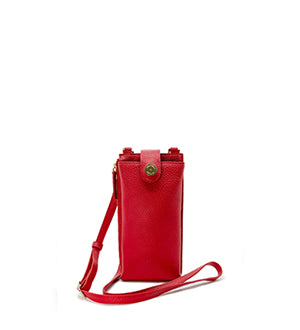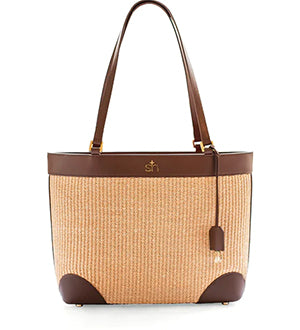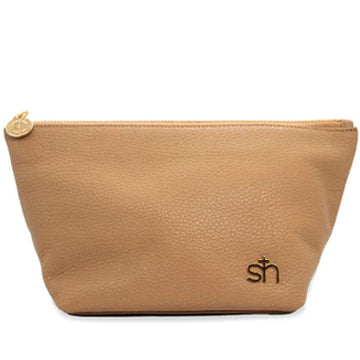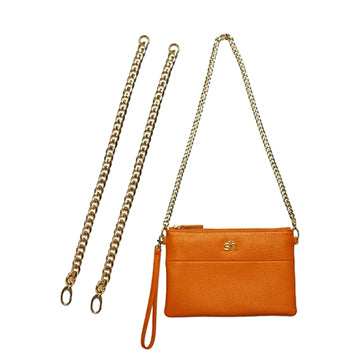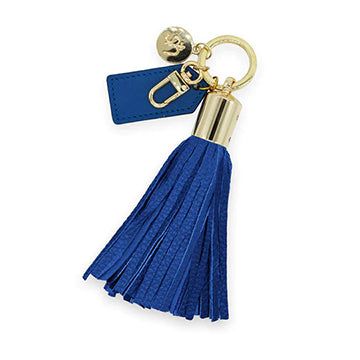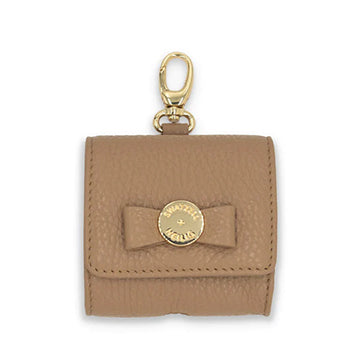Reducing Fashion Waste Through Quality Investment

Quick Listen:
The fashion industry has been under intense scrutiny for its contribution to environmental degradation. Fast fashion, characterized by cheap, mass-produced garments that often fall apart after a few wears, is one of the leading culprits behind the rising levels of textile waste. The environmental toll of discarded clothing, combined with the overconsumption of resources, has led many experts to call for a shift in consumer behavior. One of the most impactful solutions lies in a simple yet powerful approach: investing in quality fashion over quantity. By prioritizing durable, well-made garments over fleeting trends, we can significantly reduce fashion waste and take a step toward a more sustainable future.
The Hidden Costs of Fast Fashion
Fast fashion brands offer an endless stream of new styles at affordable prices, enticing consumers to purchase items on impulse, often without considering their longevity or true value. While this business model has created a culture of overconsumption, it has also resulted in significant environmental consequences. According to the Environmental Protection Agency (EPA), over 11 million tons of textile waste are generated in the United States each year. Much of this waste comes from discarded clothing that is cheaply made, lacks durability, and is no longer in fashion after just a few months.
The production of these garments also places a heavy strain on natural resources. The fast fashion industry is notorious for using unsustainable materials, such as synthetic fibers that do not biodegrade and require vast amounts of water and chemicals to produce. Moreover, the carbon footprint of fast fashion is staggering, with clothing production accounting for 10% of global carbon emissions. In light of these figures, it's clear that the current trajectory of mass production and sustainable consumption .
The Power of Quality Investment
Investing in high-quality, timeless garments is one of the most effective ways to combat the negative effects of fast fashion. Quality clothing is designed to withstand wear and tear, meaning consumers don't need to replace items as frequently. By opting for well-made pieces crafted from sustainable materials, we can reduce the demand for mass-produced fashion and make a lasting impact on the environment.
Quality investment doesn't just refer to the longevity of an item, but also its ability to transcend trends. Classic, well-constructed clothing pieces, such as a well-fitted blazer, a quality leather jacket, or a pair of sturdy jeans, are never out of style. By shifting our focus from fast-moving trends to timeless pieces, we can build a wardrobe that not only lasts but also reduces our reliance on disposable fashion.
Key Benefits of Investing in Quality Fashion
Longevity and Durability
High-quality garments are built to last. Unlike cheap, mass-produced clothing that loses its shape, color, or functionality after a few washes, durable pieces are designed with attention to detail, using premium materials that hold up over time. This reduces the need for constant replacements, saving both money and resources in the long run.Reduced Waste
By investing in quality items, consumers can reduce the volume of discarded clothing. With fewer purchases and longer-lasting garments, fashion waste decreases, which in turn lowers the environmental burden associated with textile disposal. This shift could have a profound effect on waste management and reduce the stress on landfills.Sustainability
Quality clothing is often produced with a commitment to sustainability. Many high-end brands focus on ethical production methods, using eco-friendly materials, adopting fair labor practices, and reducing their carbon footprint. When consumers support these brands, they are contributing to a more responsible and environmentally conscious industry.Timeless Style
One of the key principles of investing in quality fashion is the ability to curate a wardrobe filled with timeless pieces that never go out of style. Investing in items that transcend seasons or fleeting trends means fewer purchases and a more versatile wardrobe, promoting conscious consumption.Better Value for Money
While the initial cost of quality clothing may be higher than fast fashion alternatives, it is important to consider the long-term value. Quality garments require fewer replacements and offer more utility, making them a smarter financial choice in the long run. Investing in durable, well-crafted clothing ultimately saves money over time and reduces the need for constant shopping.
How to Make Smarter Fashion Purchases
Research Brands and Materials
Not all clothing labeled as high-quality is created equal. Take the time to research the brands you buy from and their commitment to sustainability. Look for companies that prioritize ethical sourcing, use eco-friendly materials like organic cotton, hemp, or recycled fabrics, and adopt fair labor practices. Understanding the materials used in garment production will also help you make more informed decisions. Avoid synthetic fibers that are non-biodegradable and opt for natural, renewable alternatives when possible.Buy Less, Choose Wisely
One of the most effective ways to reduce fashion waste is to simply buy less. Before making a purchase, ask yourself whether you really need the item, and if it will complement the pieces you already own. Instead of purchasing numerous low-quality items that you'll only wear a few times, invest in fewer, but higher-quality, essentials that serve multiple purposes and fit into your existing wardrobe.Consider Second-Hand and Vintage Fashion
The second-hand market has seen a significant rise in popularity, with consumers increasingly turning to thrift stores, online resale platforms, and vintage shops. Not only does buying second-hand reduce waste, but it also allows you to find unique, high-quality pieces that have stood the test of time. Opting for pre-loved clothing also lowers demand for new garment production, reducing the overall environmental impact.Proper Garment Care
Maintaining your quality clothing through proper care can extend its life significantly. Follow washing instructions carefully, avoid over-washing, and repair items rather than discarding them. Learn basic sewing skills to mend small tears or missing buttons, which can often make a piece of clothing last years longer.Support Sustainable Fashion Brands
Many fashion brands are embracing sustainability by producing eco-friendly collections, using organic or recycled materials, and reducing their environmental footprint. Supporting these brands not only contributes to reducing fashion waste but also sends a clear message that sustainability is a priority for consumers. Look for certifications like Fair Trade, GOTS (Global Organic Textile Standard), and B Corp, which indicate a brand's commitment to social and environmental responsibility.
The Role of Consumers in Shaping the Fashion Industry
While the fashion industry has a significant responsibility to reduce its environmental impact, consumers also play a critical role in driving change. By making more mindful purchasing decisions, consumers can influence brands to prioritize quality, sustainability, and ethical production practices. As demand for high-quality, sustainable clothing grows, more companies will be motivated to adapt their business models to meet these consumer expectations.
Furthermore, individuals can use their voices to advocate for policy changes, such as stricter regulations on textile waste management or tax incentives for sustainable production. Collectively, consumers have the power to create a shift in the fashion industry, pushing it toward a more responsible, less wasteful future.
Drive Change
Reducing fashion waste through quality investment is an approach that requires a shift in mindset, but its potential benefits are undeniable. By prioritizing durability, longevity, and sustainability over fleeting trends, we can make a significant difference in combating the environmental impact of the fashion industry. Consumers have the power to drive change by making informed, thoughtful purchases, supporting sustainable brands, and embracing timeless pieces that stand the test of time. As we move forward, the fashion industry must evolve, and quality investment can be the key to unlocking a more sustainable, waste-free future for fashion.
You may also be interested in: Sale Swatzell + Heilig
Indulge in the craftsmanship of attainable luxury Italian leather. Exclusive designs and impeccable functionality, handcrafted to last a lifetime. Shop the Swatzell + Heilig's fashion collection now!
Powered by flareAI.


